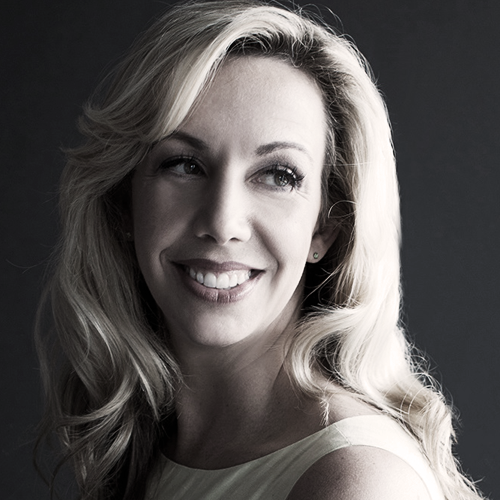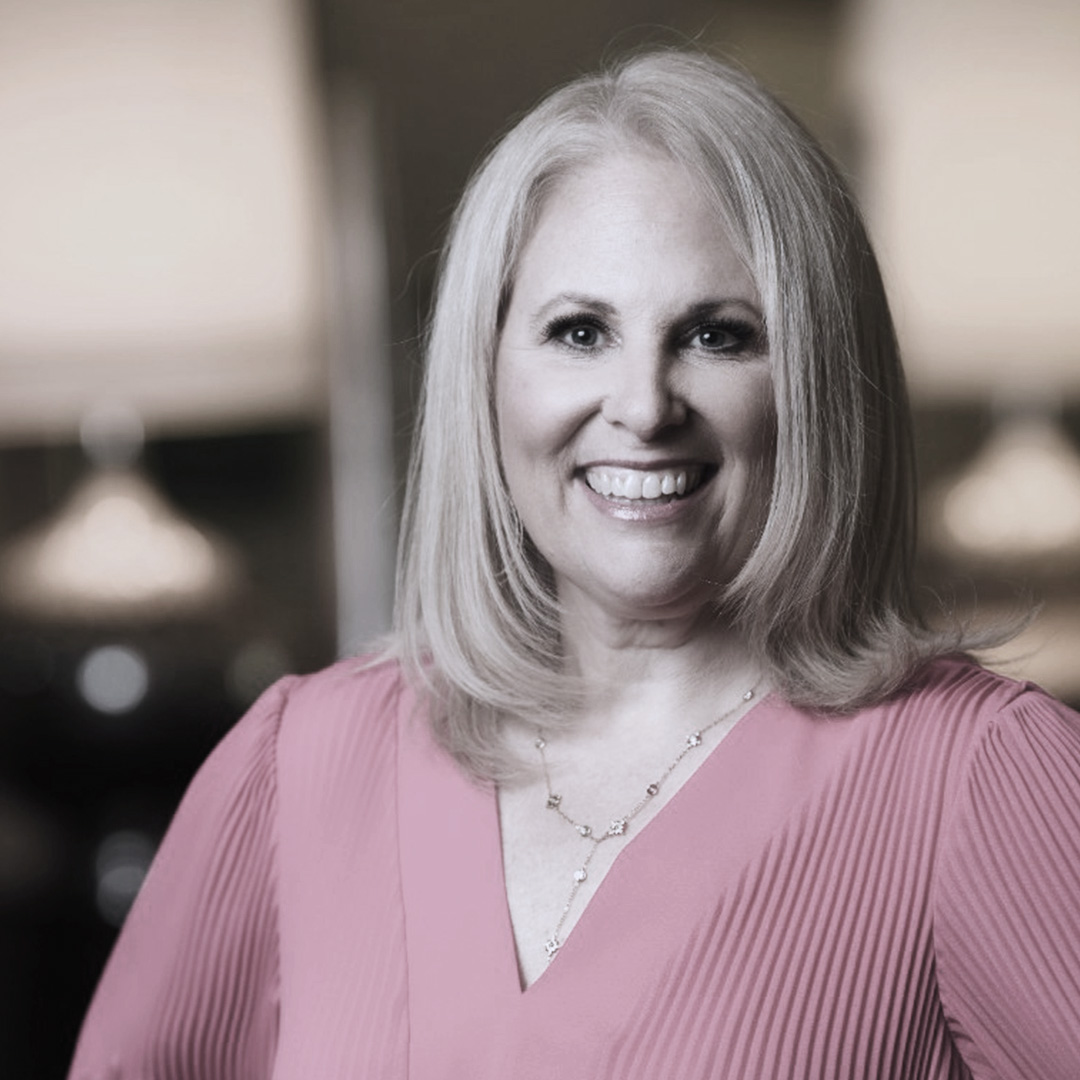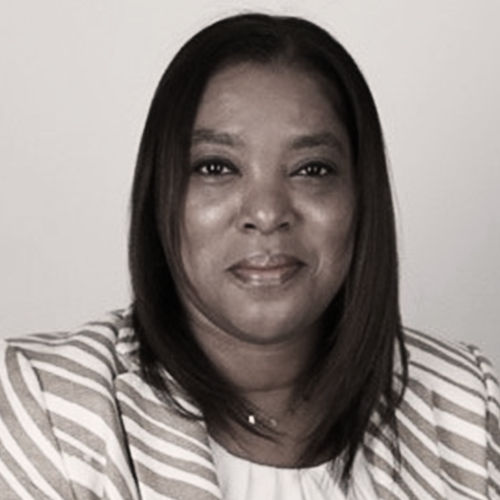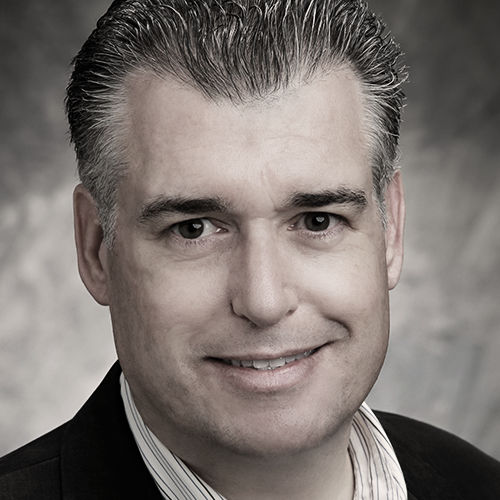Navigating Disruption: Lessons from Visionaries
Insights from the presenters at the SHRM Executive Network's Visionaries Summit 2024 in Austin, Texas.

For three days this fall, the SHRM Executive Network welcomed more than 400 of the country’s leading HR executives to Austin, Texas, for the annual Visionaries Summit. The presentations and interactive sessions united around a common theme: how to navigate the waves of disruptions facing organizations and HR leaders today. Here are lessons from the more than 20 presenters ...
* * *
To Survive the Disruption of A Lawsuit, Overcommunicate with Staff And Customers

Becoming the target of a major lawsuit can bring significant strain—both financially and emotionally. When Hello Alice, a Houston-based fintech platform that helps entrepreneurs gain access to capital, was slapped with a high-profile reverse discrimination lawsuit in 2023, it survived by leaning on its CHRO to communicate with employees at every step of the case (which was eventually dismissed).
To help retain top talent during disruptions like this, Elizabeth Gore, co-founder of Hello Alice, advised organizations to go the extra mile to keep employees informed about the process and the potential impact: “I gave lawsuit updates monthly to employees, and we also got very transparent about our budget. We ended up showing where the cash flow was, and that gave a lot of confidence [to employees], too. No one left.”
Gore said a key factor in retaining employees during this time was relying on her CHRO to lead the communication. Gore also suggested to Visionaries attendees that they apply extra transparency with investors and customers throughout the process. To keep customers informed, Hello Alice sent a customer-facing email to explain what was going on with the company, where it was headed, and what it believed in.
The biggest lesson Gore learned during this time was the importance of fundamentals.
“Have a really smart succession plan,” Gore said. “And make sure you have the ability to quickly communicate with your employees. Especially with this new world we’re in, I think that’s super critical.”
* * *
Embrace Change by Leveraging Your Team’s Strengths

In times of organizational change, uncertainty can drain employees’ energy and morale. But according to Jennifer Fondrevay, chief humanity officer at consulting firm Day1 Ready, leaders can turn uncertainty into opportunity by helping workers channel their efforts toward where they excel—and toward the aspects of the job they can control.
“How do you get people who are exhausted by uncertainty to face it?” asked Fondrevay. “You get employees to focus on their talent, their effort, and their attitude. In the uncertainty vortex, you focus on what you can control.”
Fondrevay also stressed the leadership power of maintaining a positive mindset.
“When you’re positive, people want to work with you,” she explained. “Particularly at a time with so much incivility, a positive attitude really stands out.”
To further leverage the collective strength of your team, Fondrevay advised identifying key archetypes within your team: the creative, the pragmatist, the up-and-comer, the networker, and the future you. Bring together these diverse personalities into an internal board of advisors and lean on them when navigating changes.
* * *
Follow a 4-Point Blueprint for Seamless Adoption OF AI
 In their rush to embrace the latest technology, many businesses are rolling out artificial intelligence tools without a plan for integrating them into existing processes. Instead, organizations should approach AI adoption strategically, working off an established blueprint, said Kristen Howe, SHRM’s vice president of Enterprise Solutions Products.
In their rush to embrace the latest technology, many businesses are rolling out artificial intelligence tools without a plan for integrating them into existing processes. Instead, organizations should approach AI adoption strategically, working off an established blueprint, said Kristen Howe, SHRM’s vice president of Enterprise Solutions Products.
When leaders invest in a thoughtful AI adoption model, Howe said, they can implement new tools and processes to support the overall business strategy, much like architect Frank Lloyd Wright did with his masterpiece Fallingwater in Mill Run, Pa., which exists in harmony with the surrounding environment.
HR leaders are well positioned to bring people, processes, and tools into alignment. But 2024 SHRM research found that 95% of HR leaders have moderate to no involvement in implementing AI.
To help HR leaders take a more proactive approach, Howe introduced a new model from SHRM that breaks successful strategic AI adoption down into four key components:
- Empower. Articulate a clear vision for the use of AI.
- Steward. Establish clear ethical guidelines for AI’s use.
- Explore. Encourage experimentation with AI tools within the workforce.
- Activate. Build workforce readiness around AI tools.
For an AI adoption frame to be successful, organizations must also articulate AI’s advantages, such as increased efficiency and the potential to enhance job performance, while addressing employees’ worries, she said. It’s natural for workers to be nervous about AI, but leadership can help workers see that embracing new technology is ultimately in their best interest.
“AI is not going to take your job, but somebody who's willing to use an AI is,” Howe said. “So, we have to get everybody at that point where they feel comfortable.”
* * *
From CHRO to CEO: Expand Upon Your People Skills to Move Up the Ladder

CHROs can successfully transition to CEO roles, provided they’re willing to do the work to round out their skill sets, said Tamla Oates-Forney, CEO of Linkage, a SHRM Company focused on women's leadership.
“CHROs are uniquely placed to run companies,” she said. “Given our business context and our understanding of the workforce, more of us should look at this as a career opportunity.”
Before becoming CEO of Linkage, Oates-Forney served as CHRO of USAA, so she understands both the challenges of taking on the top job and the advantages of leveraging her time in HR. She explained that CHROs bring three key skills that can set them up for success in running an organization:
- CHROs understand how to allocate resources because talent is typically an organization’s largest investment.
- CHROs bring the ability to build winning teams.
- CHROs understand how to bring a business’s strategy to life through people.
But most CHROs will need increased business acumen skills to succeed in those top jobs. CHROs who want to take the CEO path must be more willing to engage with the financial aspects of the business. “Think of yourself as a business leader who just happens to work in HR,” Oates-Forney said.
One way to acquire the necessary financial skills is to join a for-profit board of directors. This can help leaders develop the financial skills CEOs need to lead a successful business. Board members also get to see CEOs in a different light than the average CHRO, which gives them a better understanding of the rigors of the job.
Getting your first board seat with a for-profit company can be challenging because many companies only want experienced board members. Oates-Forney suggested CHROs look for opportunities on the boards of startups or portfolio companies of private equity firms, which are often more willing to accept new members without prior for-profit board experience.
* * *
How to Overcome Resistance and Make Your HR Team More Strategic

Although she was hired with a mandate from leadership to transform the HR department in a more strategic direction, Houston Texans CHRO Anita Martin says she quickly encountered resistance from long-time HR employees who felt threatened by the change that she was bringing to the organization.
Martin realized she needed to build credibility with her team. Everyone needed to understand that her ultimate focus was on improving the department so that, eventually, the department could improve the entire organization.
“I’m not here to change what you’re doing. I’m here to change what this organization is doing. I hope that you’ll join me,” she recalled telling her new team.
Martin explained that her recipe for overcoming resistance to change had three simple pillars:
Fairness. She ensured every decision she made was fair and even-handed so that employees understood the changes would affect everyone equally.
Consistency. Changes need to be applied reliably if you’re going to be seen as a credible leader. Otherwise, people won’t know what to expect from each decision, and the fear and uncertainty will continue.
Transparency. Your team needs to know what you know. Martin said she made a point of never pretending she wasn’t aware of a situation to avoid saying she couldn’t discuss it. By embracing transparency, she ensured employees didn’t have to guess about her intentions.
Embodying those pillars helped her build support for the policies and procedures that would create the change the organization needed. “Policies should be established. Processes should be aligned with policies. And people should be aligned with both,” she said.
* * *
Create Your ‘Great 8’ Principles to Lead with Clarity and Reduce Conflict

Leaders need bedrock principles to provide certainty in times of disruption. Sharing your personal guiding principles can also help others work alongside you effectively, said Paul Falcone, an author, consultant, and former HR executive at NBCUniversal and Paramount Pictures.
Falcone suggested that HR leaders create a personal set of eight expectations that will serve as “rules of the road” for anyone they collaborate with, such as “Have one another’s backs” or “Demonstrate accountability in all you do.”
A well-defined “Great 8” list of principles can reduce conflict by establishing what you value as a leader. Encourage staff to keep a copy of your list handy and to use it as a diagnostic tool when things go wrong to create a shared understanding of what to do next. When conflicts arise—or there’s ambiguity about what to do next—the people you’re leading can look to your list to understand what’s expected of them.
Every “Great 8” list is personal. It’s important that your list reflects what you actually value, rather than following someone else’s recipe for success. “It’s important that I share my professional values with you so that you understand what motivates me and what I believe in. I’m sharing my expectations so you can reset yours,” Falcone said.
The list doesn’t have to be one-sided. Tell workers you’d welcome them creating their own lists, exploring how they like to work, and discussing them with you at a future date. The exercise is intended to create clarity by establishing a shared sense of how people work together effectively.
* * *
Breathwork to Boundaries: 4 Ways to Calm Stress And Fight Burnout

You’ve been given three more priorities by Wednesday, and you’re still trying to slog through your to-do list from last week. When your task list continues to grow, have you ever felt your body’s fight-or-flight response kick in?
Gloria Chan Packer, mental wellness educator and founder of Recalibrate, shared some of her strategies for helping you turn down your body’s responses, adjust your workload, and set boundaries so that you can avoid landing on the crispy side of burnout:
- Implement breathwork. Take conscious time to focus on your breathing. Taking longer exhales can turn on your body's parasympathetic response, which can help calm and de-stress your body.
- Find social connection. Spending time with family, friends, or co-workers and just connecting one-on-one has been proven to reduce stress.
- Buy yourself time. Replying to requests with questions or setting up a preliminary call can help buy additional time and give you more context before accepting new tasks.
- Decide which levers you can adjust. Examine your workload and identify areas where you can adjust resourcing or rebalance your time.
* * *
Build a Winning Culture on Innovation, Learning, and Humility

In a business climate punctuated by disruption, many companies choose familiar paths. SharkNinja, a global product design company, aims for a different route of “outrageously extraordinary” performance, based on continuous learning and mindful leadership.
The keeper of that culture, SharkNinja Chief People Officer Elizabeth Norberg, spoke on a Visionaries panel with Bob Rothman, President of Gap International, a global management consulting firm. Noberg highlighted key pillars of that culture strategy:
Relentless prioritization. Being an HR executive is a balancing act. You’re juggling numerous priorities while also managing stakeholder and customer expectations. The important thing is to recognize what’s most important.
“You’ve got to maniacally focus and prioritize. Don’t expect to go through your entire to-do list” each day, advised Norberg.
In fact, how you manage your workload as an executive will have a direct impact on culture. Leading from a place of strength and a positivity will help your team operate smoothly.
The SharkNinja culture was developed based on a series of key performance indicators (KPIs) that the company identified as most important. The team reviews these KPIs yearly as an executive team and rates their company progress against it. Norberg attributes a core part of the company’s success to a pervasive “We can do it” approach.
A learning mindset. The frame of mind you keep is especially important for success. Norberg noted that the voice inside your head makes a big difference on how effectively you lead—as does the voice you use with employees.
“The words you use create that world around you,” Norberg said.
Norberg advises operating with the mentality of humility and continuous learning.
“The phrase ‘outrageously extraordinary’ was born around setting a high bar, relentless goals, being the explorer, and always pushing to win big,” Norberg said. “It doesn’t come from hubris... It’s about: 'How can we continuously learn?' ”
Thinking differently. As a leader, she said, it’s essential to leave old assumptions at the door to make room for new ways of thinking.
"Working with Gap International has been transformative for SharkNinja. They challenge our old assumptions and help us shift our mindset, enabling us to constantly achieve breakthrough results," Norberg said.
Crowdsourcing solutions. Norberg said SharkNinja also leans heavily on its employees to identify potential growth moments. One unique strategy: The team conducts hackathons to identify problems that need to be solved—a method that can be applied to any aspect of human capital.


